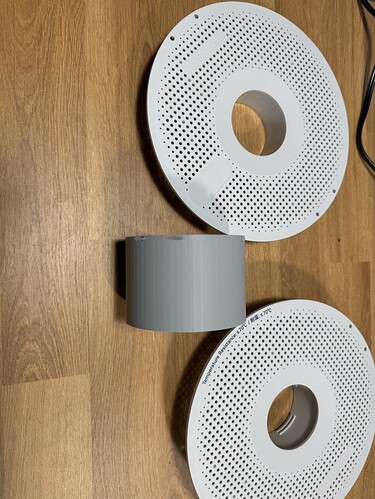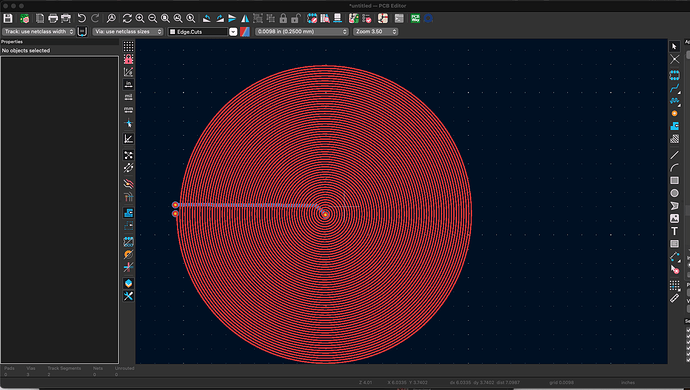What’s its consume / cost to run?
No clue. I’m on a 30lb tank. My old propane forge used a similar sized burner, and I could run it all day long on a 20lb tank, and still have some juice left over.
I think it cost 30 ish dollars to fill the tank.
I can tell you that the lower burner uses very little propane. I had to put a needle valve on it so that I could choke the pressure way down or it just flames out.
Ok cool,
My primary concern with building something to melt aluminum or the like for casting is the cost of the consumables
If it costs me a hundred bucks in propane, it’s almost not worth the hassle and just pay for direct metal 3D printing
I expect to do all 4 wheels for half a tank of propane, or about 15 bucks. Only time will tell if I’m right. Building it wasn’t cheap though. Mostly found materials, but every little fitting counts.
This guy was my inspiration for this build. He’s just using scrap wood.
I love:
Utter simplicity.
Lowest conceivable cost.
Smell of a wood fire.
I hate:
The time involved. I think this was an all day project for him.
The way he had to dig cinders / charcoal out of his aluminum.
Still, talk about bang for the buck.
This is awesome… get a wok that fits that and you could get busy making Pad Thai and bunch of other Thai dishes that require high heat for short amounts of time (apparently this is the secret to avoiding soggy noodles).
First test of the lower burner. Now that’s a wok burner.
Someone hungry?
yes. ![]()
I haven’t posted, but I’ve been taking care of all the desiccant for keeping filament dry in storage boxes and ams units…
Also have perfected adding weight to spools in the ams to behave
I can post later if anyone has interest

Alright let’s see
Printed these 5 desiccant holders for ams x 2
Holds about 500g of desiccant per ams, plus holds a hygrometer
Found these caps for Bambu spools, with the original intention to fill the middle with desiccant
I haven’t found desiccant to be sufficient weight, and I have concerned that it tumbling will generate a shit ton of dust…
But combine those caps with this
2” ball bearing, I believe it’s about 1lb, and most importantly to me, it rolls smoothly inside the spool, which I don’t know the right engineering terms… but doesn’t seem like it would increase resistance on first stage feeders, since it rolls… but it will apply more downward weight to keep the spool from bouncing and misbehaving when very empty
While I was on the topic, I also printed up a bunch of these… 16-20x for inside my small dry boxes for filament storage
Also made a handful of these
I’ve intended to respool to Bambu spools, but every time I do, I’m reminded the almost perfect spools lack a way to start the spool winding
I’ve tried drilling a small hole and whatnot, but not reliable enough release
125khz??
yeah im working out if this is even going to be viable to try.
That on the screen is 4in wide… i could take the inner 2 inches out and make it 2 layer and possibly make it passive however i am hitting limits of what the minimum trace thickness can be. I MIGHT be able to get it down to 2 inches but it wont be passive. If i switch to a 6layer design that opens up some doors.
Its a toss up. I might be on to something… I need some time to think about how i can do this…
Remind me again because I’m dumb,
What does the passive part mean?
No smd capacitor needed. Meaning I can use my capacitive plate design
So much cheaper and easier to manufacture, making it a more viable design.
Well there’s a trade-off. Passive for a device like this may mean a 4 or 6 layer design which kind of erodes the cost savings of having a single capacitor placed and soldered. If I can math right I’ll put some more thought into this and maybe do a run in just flex to see if it’s viable.
As a side, anyone with a vna have any success getting measurements on a 125k device? Mine isn’t picking up any of the tags or cards I have even if I change the scale and range











